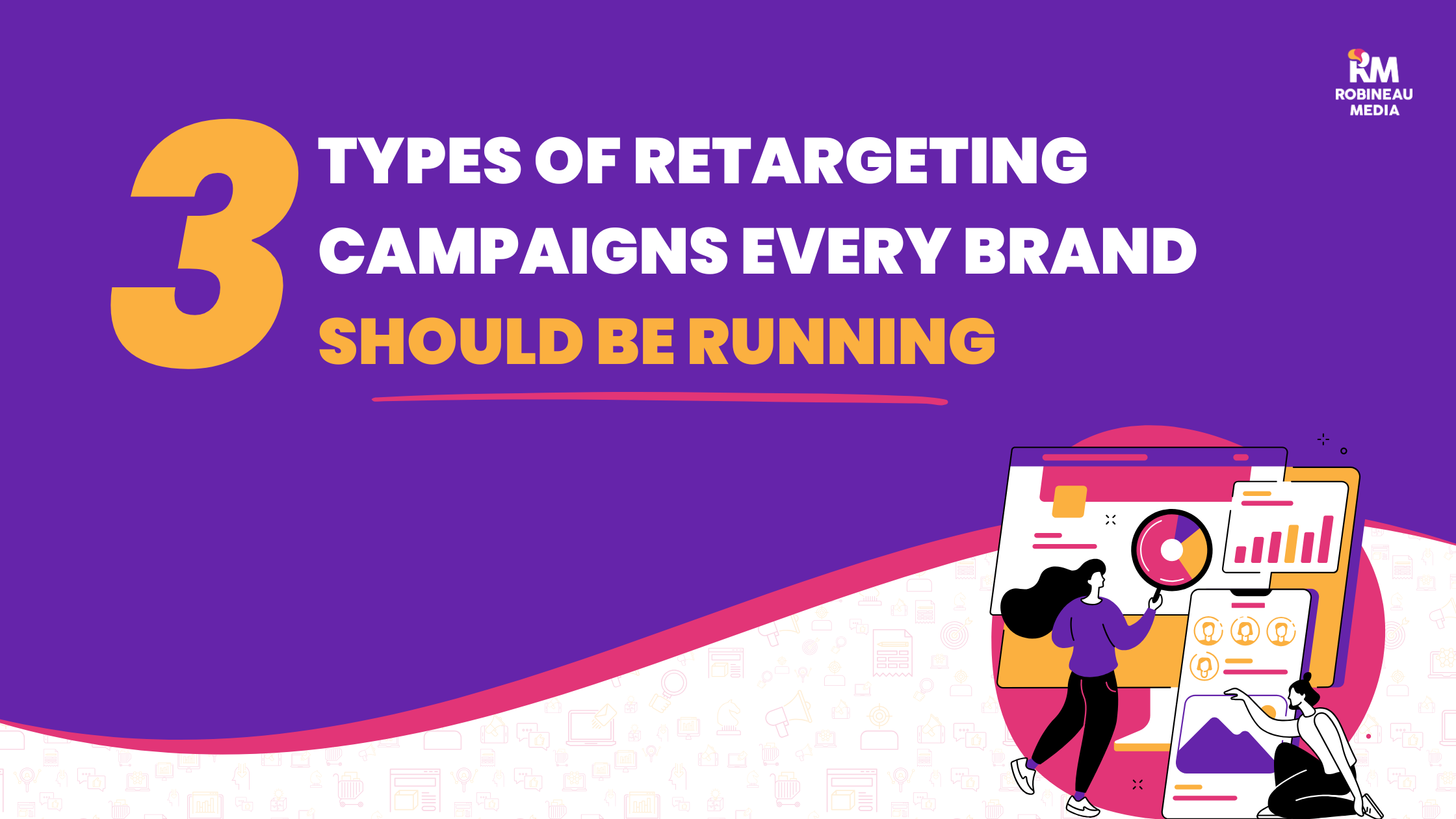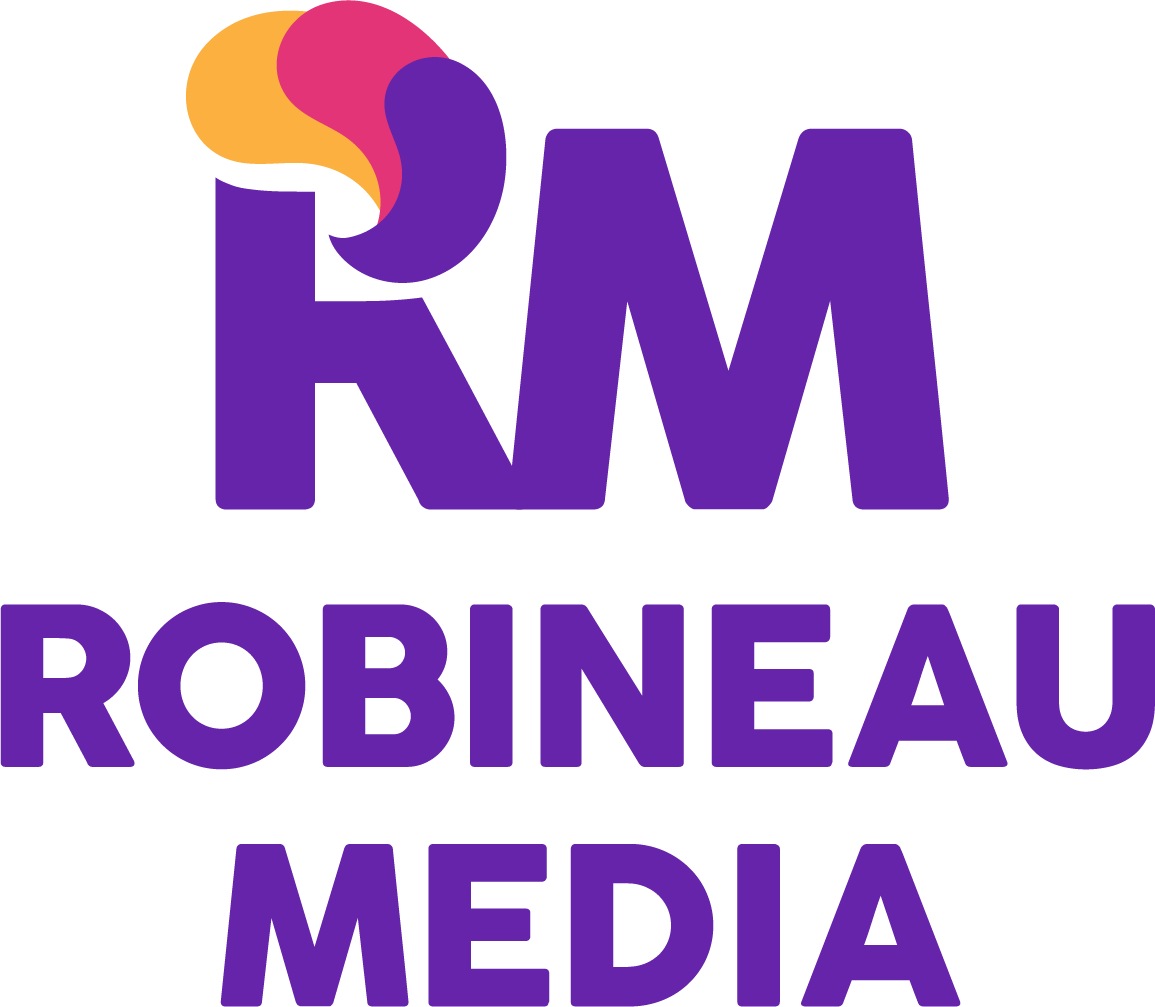
3 Types of Retargeting Campaigns Every Brand Should Be Running
If you’re investing in digital marketing but not running retargeting campaigns, you’re missing out on one of the most powerful strategies.. Why? Because most visitors don’t convert on their first visit. Whether it’s due to timing, distractions, or simple hesitation, potential customers often need a few reminders before they’re ready to take action.
That’s where retargeting comes in. It’s not just a tool, it’s a vital part of a modern marketing strategy. But not all retargeting is created equal. To be effective, your retargeting should be multi-dimensional, using different approaches to reach the right audience at the right stage of the funnel.
Let’s walk through the three foundational types of retargeting campaigns every brand should be running, and how to use them strategically.
Pixel-Based Retargeting: The Behavioral AnchorPixel-based retargeting is the most common form of retargeting, and the one you’ve almost certainly encountered yourself while browsing online. It works by embedding a small piece of JavaScript (the “pixel”) into your website. This pixel tracks visitors’ behavior and enables you to serve targeted ads to them across the internet, on various publications and platforms like Google Display Network, Facebook, or LinkedIn.
Let’s say someone browses your pricing page but leaves without converting. With pixel-based retargeting, you can serve them a reminder ad with a testimonial or limited-time offer. Or if a visitor reads a blog post about a specific topic, you might show them a follow-up ad promoting a free downloadable guide on that same topic.
This method allows for real-time targeting based on behavioral cues. It’s flexible, easy to scale, and works well for both B2B and B2C brands. Pixel-based retargeting is especially powerful at recapturing top and mid-funnel traffic.
CRM Retargeting: Precision with First-Party DataWhile pixel-based retargeting is triggered by anonymous behavior, CRM retargeting uses data you already own, typically email addresses or phone numbers collected through forms, purchases, or newsletter signups. When this data is uploaded into an ad platform, it’s anonymized and matched with user profiles. Once a match is made, you can deliver targeted ads directly to those individuals across various digital channels.
The power of CRM retargeting is its precision. It’s also ideal for re-engaging prospects who downloaded a lead magnet but didn’t follow through, or former customers who haven’t purchased in a while.
For example, if you run a B2B company and a list of sales-qualified leads hasn’t booked a demo yet, a well-crafted retargeting ad offering a free consultation can re-spark interest. In e-commerce, this could be a VIP sale invite for high-spending past customers.
Another big win? Because this strategy uses first-party data, it’s more resilient to browser privacy changes and third-party cookie deprecation.
Dynamic Retargeting: Personalization at ScaleDynamic retargeting kicks things up a notch by automatically tailoring ads based on the exact products or content a user viewed. It’s especially powerful for brands with large inventories or complex product offerings.
If someone looks at a specific pair of shoes on your site, a dynamic ad will show them that same pair, along with similar options or accessories, on Instagram, Facebook, or while browsing other sites. The same concept applies for SaaS (Software as a Service): if a visitor explores your integrations page, they could be served an ad highlighting the benefit of connecting your flat form with their tech stack.
Dynamic ads pull from your product catalog or content feed in real time, so every ad feels hyper-relevant and customized. Dynamic retargeting often outperforms static campaigns in terms of click-through rates and conversions because it taps directly into what the user already showed interest in.
Clarifying the Differences
At a high level, here’s how the three retargeting types differ:
- Pixel-based relies on site activity. It’s fast, flexible, and behavior-driven,
- CRM uses your owned contact data. It’s direct, high-intent, and great for re-engaging known users.
- Dynamic uses behavior too, but with personalized creative. It’s the most tailored, leveraging automation and feeds to serve the right product to the right user at the right time.
Each has its strengths, and the best campaigns use all three strategically.
Bonus Tip: Always Use Exclusions to Avoid Wasted Impressions
One of the most overlooked elements in a retargeting strategy is audience exclusion. Just because someone visited your site doesn’t mean you should keep serving them ads forever.
For example, if a user purchases your product, make sure they’re excluded from the “cart abandoner” campaign. If someone books a demo, remove them from your “free trial” ad set. Otherwise, you’re not only wasting your budget, but you’re potentially irritating your customers and eroding trust.
Exclusions help focus your ad spend on prospects who still need nurturing. They also clean up your data and allow your creative to work harder by speaking to the right audience segment at the right time.
Think of exclusions not as limiting, but as fine-tuning. Every retargeting campaign should have clear, up-to-date exclusions built in.
If you’re only using one type of retargeting or worse, none at all, it’s time to rethink your approach. Retargeting isn’t just about “chasing” users around the internet. When done right, it’s about strategically guiding them back to where they left off and giving them exactly what they needed to say “yes.”
At Robineau Media, we help brands yield full-funnel retargeting systems that combine pixel, list, and dynamic tactics, along with smart exclusions and killer relative to drive real results. Let’s turn your traffic into conversions. Reach out today for a custom retargeting strategy!

